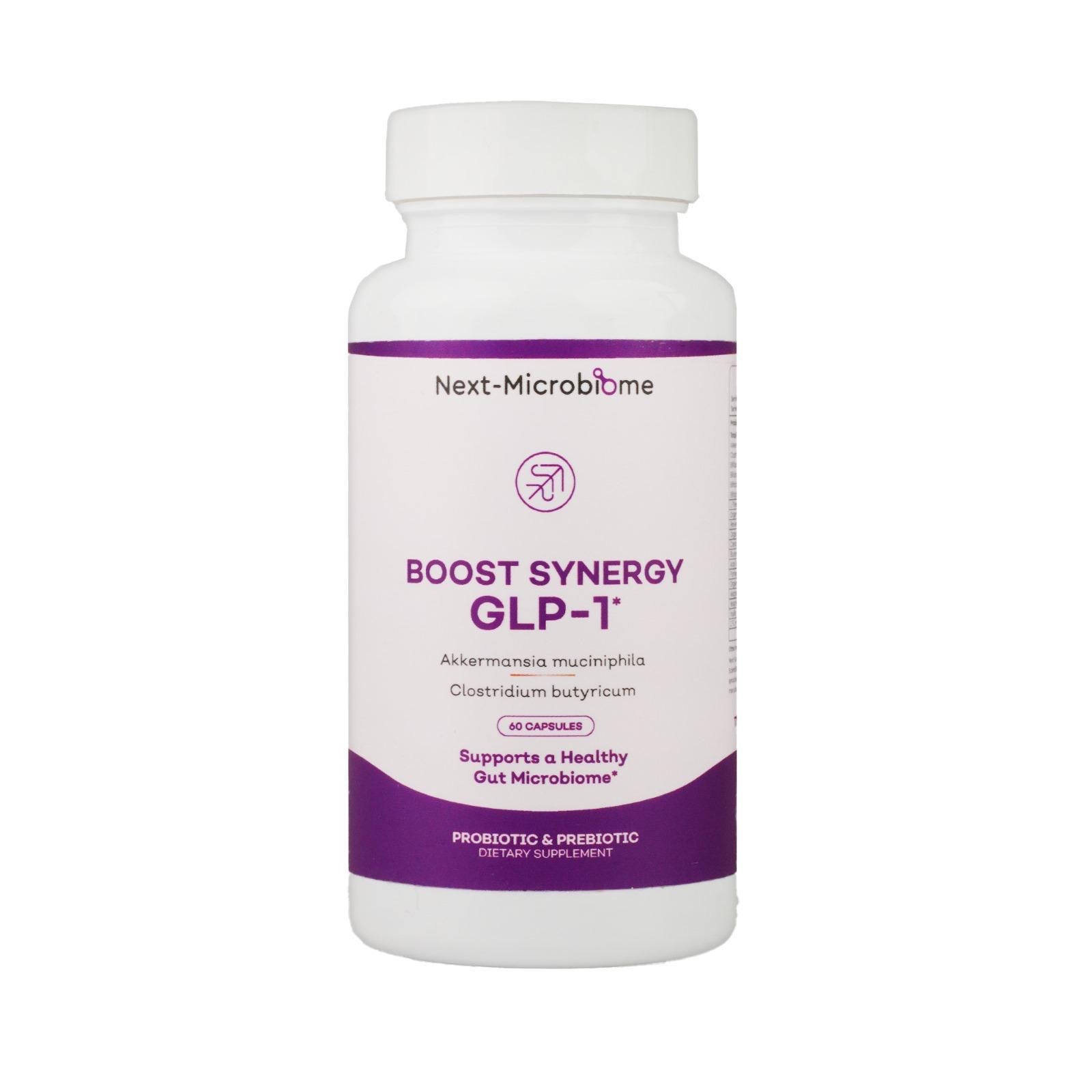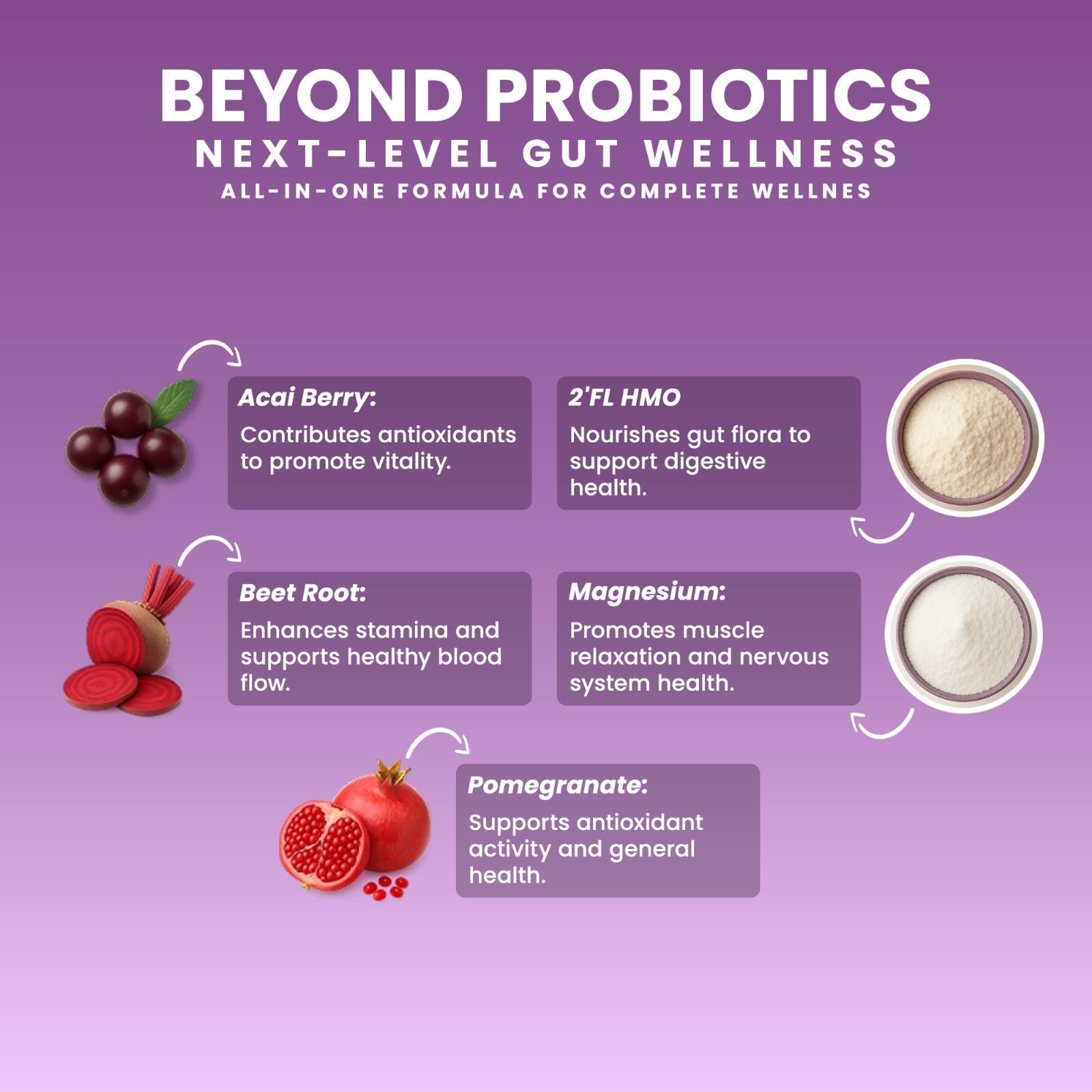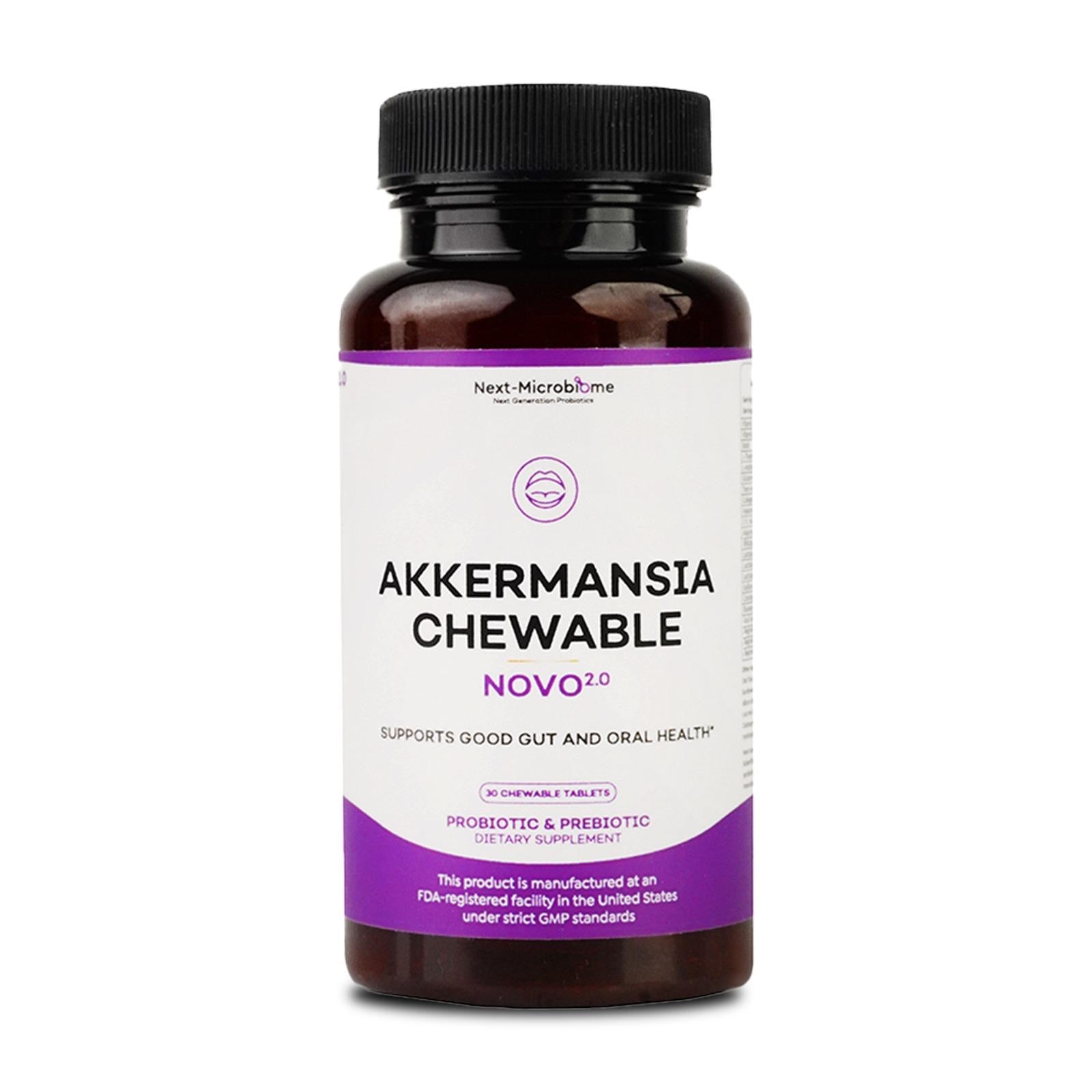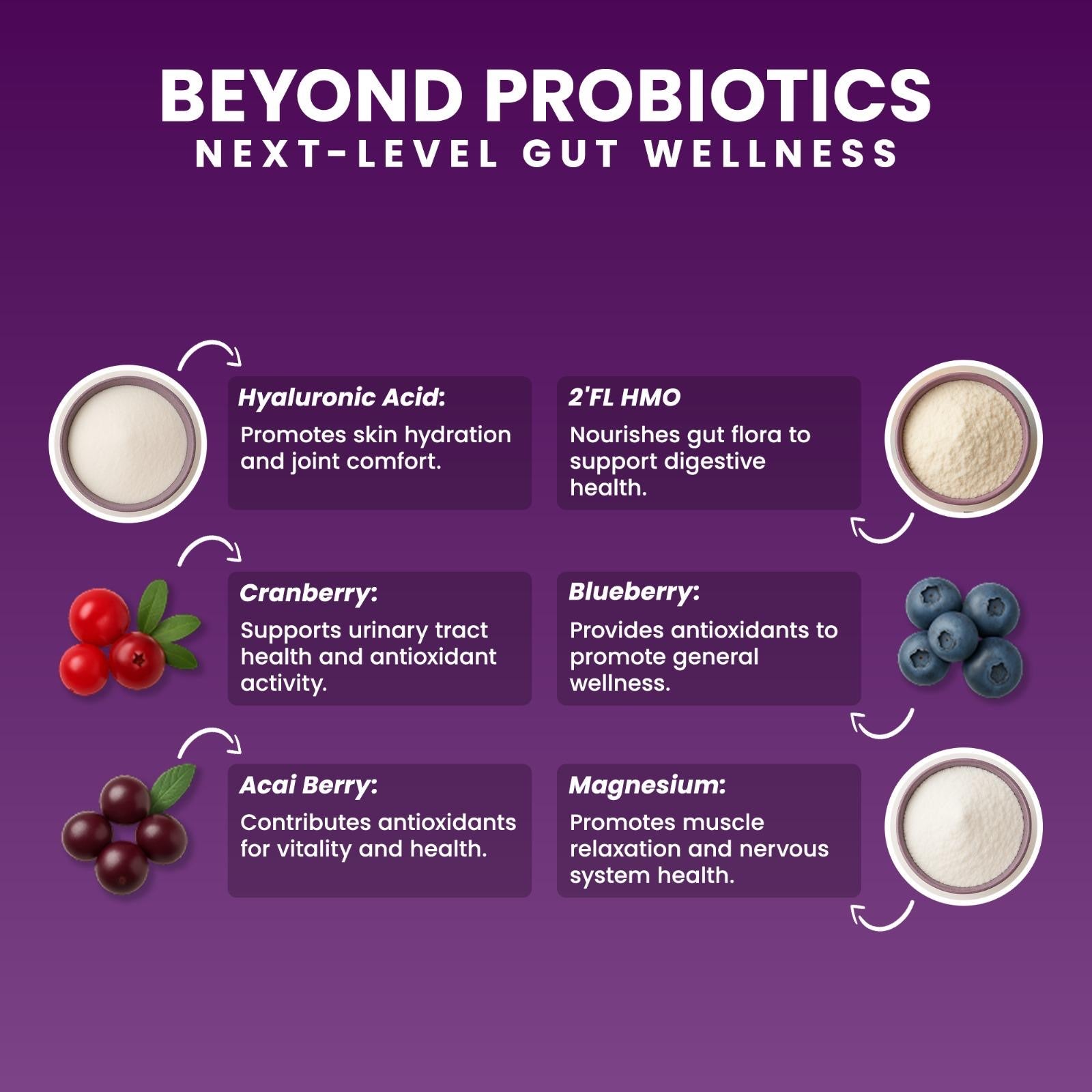
Low Akkermansia: Causes, Symptoms & How to Restore It
Low Akkermansia muciniphila: Causes, Symptoms & How to Restore It Naturally
Akkermansia muciniphila is one of the most important bacteria for gut lining strength, immune balance, metabolic health, and overall digestive resilience. When levels of Akkermansia drop, the effects can be felt throughout the entire digestive system.
Low Akkermansia is increasingly linked to:
-
inflammation
-
bloating
-
gut sensitivity
-
weakened mucosal barrier
-
impaired metabolic signaling
-
disrupted oral–gut microbial flow
This article explains why Akkermansia levels decline, what symptoms to look for, and how to naturally increase this next-generation microbe — using only clinically supported methods.
For a full foundational overview of the science behind Akkermansia, see Blog 1:
👉 Akkermansia: The Missing Microbe for Gut Health, Oral–Gut Balance & Digestive Strength
What Causes Low Akkermansia?
Several lifestyle, dietary, and microbial disruptions can reduce Akkermansia levels:
1. Low Polyphenol Intake
Polyphenols from berries, cocoa, pomegranate, and green tea directly support Akkermansia growth.
A 2024 MDPI study confirmed that polyphenols increase Akkermansia abundance and improve mucosal dynamics:
👉 https://www.mdpi.com/2304-8158/14/1/23
2. Weak Gut Lining or Mucin Layer
Akkermansia lives inside the mucin layer — when mucin thins, Akkermansia declines.
3. Antibiotics or Medication
Broad-spectrum antibiotics can sharply reduce Akkermansia populations.
4. High-Sugar, Ultra-Processed Diets
These reduce microbial diversity and weaken mucin integrity.
5. Low SCFA Production
Butyrate-producing microbes (like Clostridium butyricum) help nourish the mucosal barrier.
Low SCFAs → low Akkermansia.
6. Oral–Gut Microbiota Imbalance
More than 1 billion mouth bacteria travel to the gut daily.
Dysbiosis in the oral microbiota can increase upper-GI inflammation and reduce Akkermansia’s ability to thrive.

Symptoms of Low Akkermansia muciniphila
Although Akkermansia is microscopic, its effects are not.
Low levels are associated with:
✔ Bloating after meals
✔ Irregular digestion or sensitivity
✔ Increased inflammation
✔ Poor gut lining resilience
✔ Food intolerance–like symptoms
✔ Sugar cravings
✔ Lower metabolic flexibility
✔ Frequent gas or discomfort
✔ Weak mucosal immune function
Research consistently links low Akkermansia to digestive issues, metabolic impairment, and gut barrier stress.
A clinical review published in Nutrients (2024) showed that probiotics and prebiotic compounds supporting mucin and gut barrier integrity significantly reduce GI symptoms and inflammation:
👉 https://pmc.ncbi.nlm.nih.gov/articles/PMC10975713/
Low Akkermansia & the Gut Lining
Akkermansia lives in the mucin layer — the “inner shield” of the gut.
When Akkermansia is depleted:
-
mucin turnover slows
-
gut barrier weakens
-
permeability increases
-
inflammation rises
-
other microbes struggle to colonize properly
An umbrella meta-analysis in the European Journal of Medical Research (2025) found that probiotics targeting mucosal barrier support significantly improve digestive symptoms across GI disorders:
👉 https://eurjmedres.biomedcentral.com/articles/10.1186/s40001-025-02788-w
Restoring Akkermansia is one of the most effective ways to improve mucosal health.
The Oral–Gut Microbiome Connection
Low Akkermansia doesn’t always begin in the gut.
The oral microbiota plays a significant upstream role:
-
Oral dysbiosis increases inflammation
-
Harmful oral bacteria travel to the gut
-
Salivary enzymes and pH influence gastric function
-
Chewing activates digestive and immune pathways
-
Mouth–gut microbial traffic shapes diversity
Supporting the oral microbiota is essential — especially when using chewable microbiome formulas, which activate earlier in the digestive process.
How to Restore Akkermansia Naturally
Research supports several effective strategies:
1. Increase Polyphenols
Berries, pomegranate, cocoa, and green tea help increase Akkermansia abundance.
MDPI 2024 demonstrated that polyphenols support Akkermansia and improve mucosal metabolism:
👉 https://www.mdpi.com/2304-8158/14/1/23
2. Support the Mucin Layer with HMOs (2’-FL)
A clinical review in AJCN showed that human milk oligosaccharides (HMOs) improve gut barrier integrity and nourish mucosal bacteria:
👉 https://pmc.ncbi.nlm.nih.gov/articles/PMC6164445/
HMOs create ideal conditions for Akkermansia colonization.
3. Add SCFA-Supportive Probiotics (C. butyricum)
Clostridium butyricum increases butyrate — essential for mucin production and intestinal healing.
A 2021 microbiology review confirmed its strong effects on gut lining repair:
👉 https://pmc.ncbi.nlm.nih.gov/articles/PMC8078720/
4. Prebiotics: Inulin, FOS, Resistant Starch
Feed Akkermansia-friendly bacteria and improve SCFA output.
5. Support the Oral–Gut Axis
Chewable microbiome formulas engage the oral microbiota before reaching the gut — improving colonization and mucosal signaling.
Best Way to Support Akkermansia: Chewable Microbiome Formulas
To support Akkermansia abundance, gut lining strength, oral–gut microbial balance, and digestive comfort, explore:
This chewable format provides:
-
earlier activation via oral microbiota
-
polyphenol synergy
-
mucin support
-
prebiotic + HMO synergy
-
SCFA-supportive strains
A next-generation approach to mucosal health.

🟦 INTERNAL LINKS
Akkermansia: The Missing Microbe for Gut Health, Oral–Gut Balance & Digestive Strength
Low Akkermansia muciniphila: Causes, Symptoms & How to Restore It Naturally
How to Increase Akkermansia Naturally With Foods, Polyphenols, HMOs & Prebiotics
Buy Akkermansia: What to Know Before Choosing an Akkermansia Supplement
Akkermansia & Gut Lining Health: Why This Next-Generation Microbe Matters
❓ FAQ (6 Questions)
1. What are the symptoms of low Akkermansia?
Bloating, inflammation, digestive sensitivity, cravings, and weakened gut lining function.
2. Why does Akkermansia decrease?
Low polyphenols, low fiber, antibiotics, poor diet, low SCFA levels, weakened mucin layer, or oral–gut imbalance.
3. How quickly can Akkermansia levels improve?
Most people see changes in 2–4 weeks with diet + targeted supplementation.
4. Can Akkermansia be supplemented directly?
Direct supplementation is limited; the best approach is supporting the gut environment with polyphenols, HMOs, prebiotics, and SCFA-supporting species.
5. Does the oral microbiota affect Akkermansia?
Yes — oral dysbiosis increases GI inflammation and microbial stress, while chewable formats help support the oral–gut axis.
6. Which supplement helps low Akkermansia?
Chewable formulas with polyphenols, HMOs (2’-FL), inulin, and C. butyricum support Akkermansia growth.
Written by Ali Rıza Akın
Microbiome Scientist, Author & Founder of Next-Microbiome
Ali Rıza Akın is a microbiome scientist with nearly 30 years of biotechnology and translational research experience in Silicon Valley. He is the discoverer of Christensenella californii, a novel human-associated bacterial species linked to metabolic health and mucosal integrity.
His scientific work spans:
-
mucosal immunology
-
gut barrier biology
-
oral–gut microbiome interactions
-
SCFA metabolism
-
next-generation probiotics (Akkermansia, Christensenella, Clostridium butyricum)
-
host–microbe signaling
-
microbial therapeutics
He is the author of Bakterin Kadar Yaşa: İçimizdeki Evren (Live as Long as Your Bacteria) and a contributor to Bacterial Therapy of Cancer: Methods and Protocols (Springer, Methods in Molecular Biology).
As Founder of Next-Microbiome, Ali develops advanced synbiotic formulations — including the industry’s first chewable Akkermansia-supporting synbiotic — designed to strengthen the gut lining, support metabolic resilience, enhance mucosal immunity, and harmonize the oral–gut microbiome axis.










